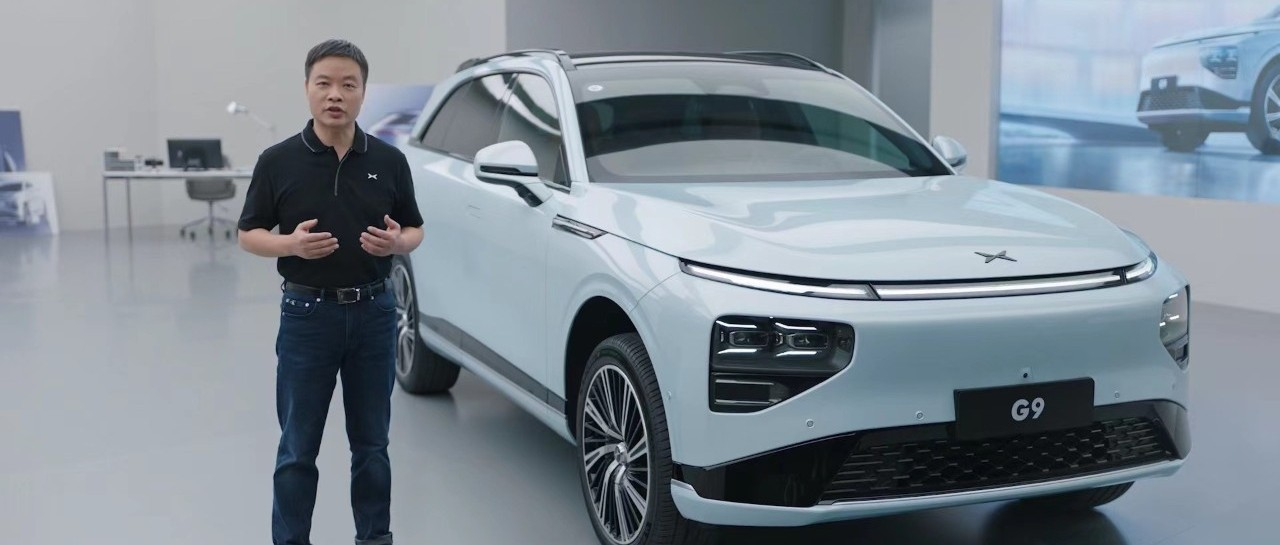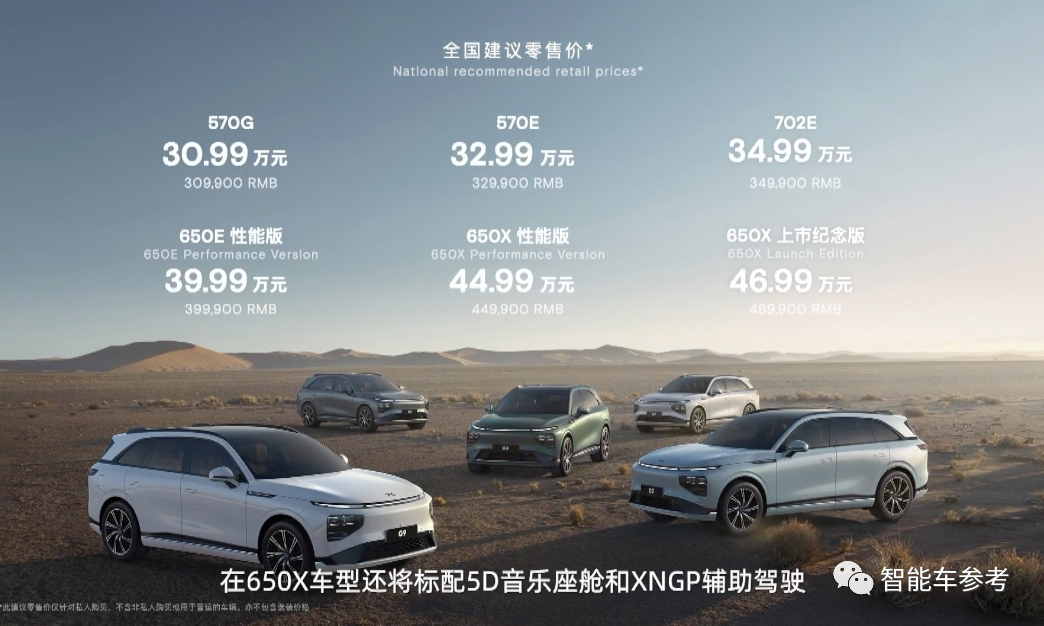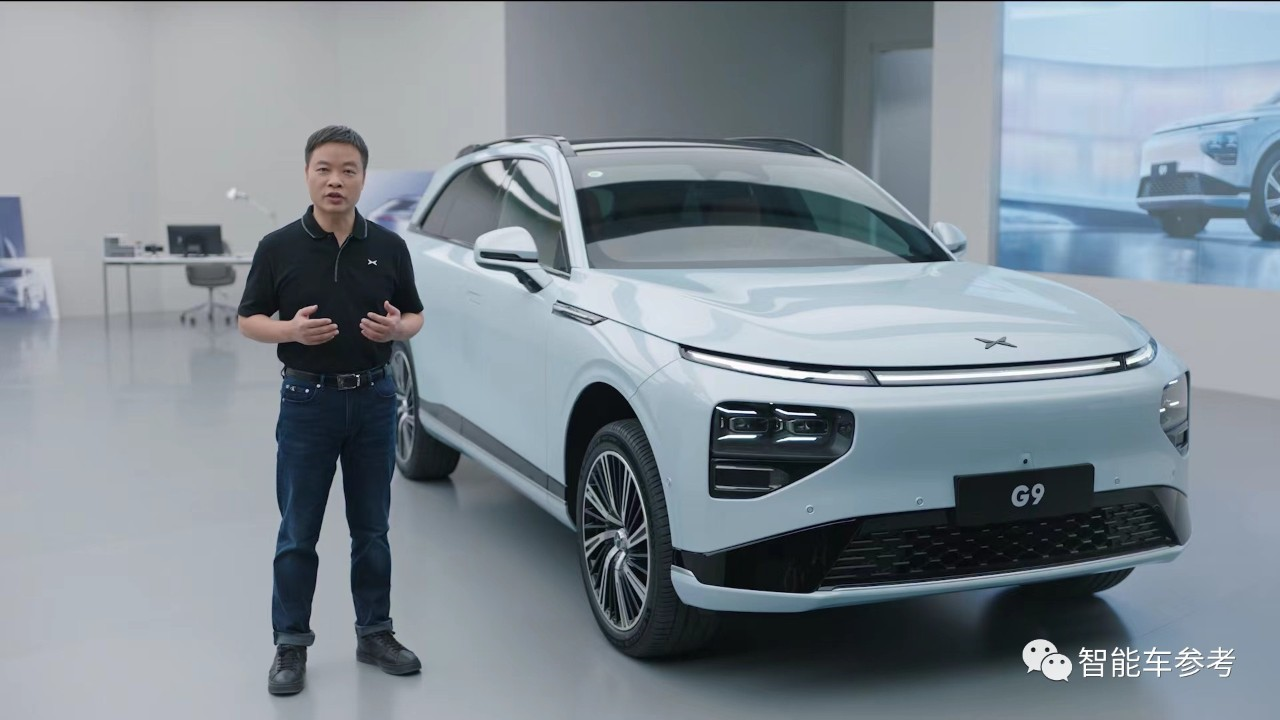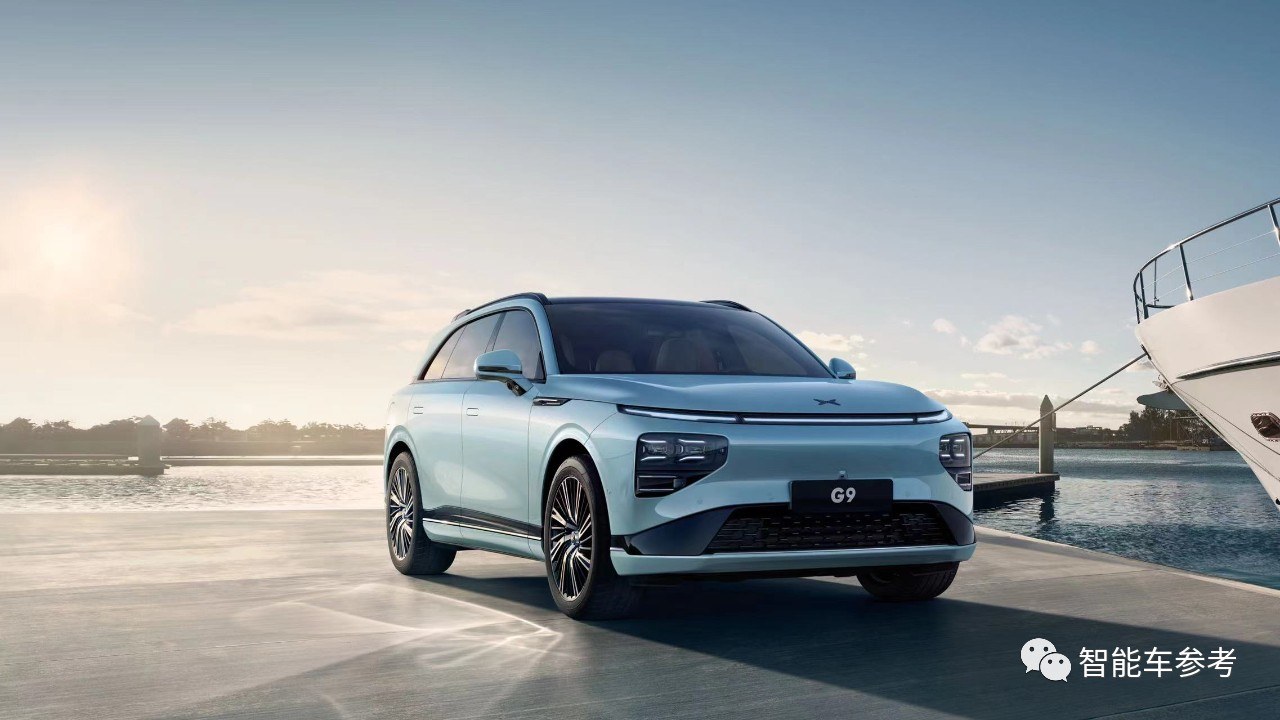Deng Simiao Posted from the Copilot Temple
Intelligent Car Reference | Public Account AI4Auto
What kind of electric car would dare to use Tesla Model Y, Porsche Cayenne, Maybach GLS as benchmarks?
He XPeng’s answer is: XPeng G9.
Yes, you heard it right. The price of the new car was also announced during the just-concluded launch event:RMB 3.099-4.699 million.
Not only that, this car also has numerous technologies and halos to enhance it ––
“The last generation of intelligent cars before autonomous driving.”
Fastest charging speed in the world, 702km ultra-long endurance, 3.9s zero to one hundred acceleration, dual Nvidia Orin chips, Qualcomm 8155 cabin chip, dual-zone air suspension…
The best SUV under 500,000, is this really the case?
What kind of car is XPeng G9?
XPeng G9 is a mid-to-large-sized SUV.
The overall size is 4891/1937/1680mm, and the wheelbase is 2998mm.
In terms of appearance, it adopts a low wind resistance design with a wind resistance coefficient of 0.272.
In terms of power and endurance, XPeng G9 offers a two-wheel drive version and a dual-motor four-wheel drive version.
Among them, the dual-motor four-wheel drive version has a maximum power output of 175kW at the front motor and 230kW at the rear motor. The total power output of the two motors is up to 551 horsepower, and the maximum torque is 717N·m, achieving 3.9 seconds to accelerate from zero to one hundred.
G9 offers three endurance types (CLTC conditions): 570km, 650km, and 702km.
The new car’s highlights can be discussed from three aspects: charging speed, intelligence, and comfort.
Charging for 5 minutes and endurance beyond 200 kilometers
Under the 800V high-voltage SiC platform, XPeng G9’s 4C version can charge for 5 minutes and travel more than 200 kilometers.
With the 4C version and 480kW XPeng S4 super fast charging station, it only takes 15 minutes to charge from 10% to 80%.
Even with the standard 3C battery pack, a 5-minute charge adds 130 kilometers of range, which only takes 20 minutes from 10% to 80% charge.
During the launch event, they also compared the 3C version with the Tesla Model Y with a ternary lithium battery pack:
In the first scenario, using third-party charging stations to charge 44 degrees, it takes 18 minutes for XPeng G9, with a stable power output of over 151 kW, while the Tesla Model Y takes 31 minutes with an average power output of 86 kW.

In the second scenario, G9 is equipped with XPeng S2 fast charging station (charging power of 180 kW), and Model Y is equipped with Tesla V2 fast charging (145 kW). In 15 minutes, XPeng G9 charged 40.17 degrees of electricity, while Model Y charged 23 degrees.
During this period, the G9 charging power output was stable at around 160 kW, surpassing Model Y’s 96 kW. The average charging power of XPeng G9 is 1.8 times that of Model Y.

The third scenario is that G9 is equipped with XPeng S4 fast charging station (480 kW) and Model Y is equipped with Tesla V3 fast charging (250 kW). In 15 minutes, XPeng G9 charged 53.28 degrees of electricity, while Model Y charged 35 degrees.
During this period, the G9 charging power output reached 301 kW, far higher than Model Y’s 226 kW. The average charging power output of XPeng G9 is 1.5 times that of Model Y.

In addition to being fast, XPeng also emphasized that the latest S4 super charging station has a major feature – a lightweight cable, which most people can operate with one hand.
This is due to the use of liquid cooling technology, which reduces the weight of the gun (cable) by 36%.
Next year, they will launch a brand new design of the S4 super fast charging station, with a shorter operating distance.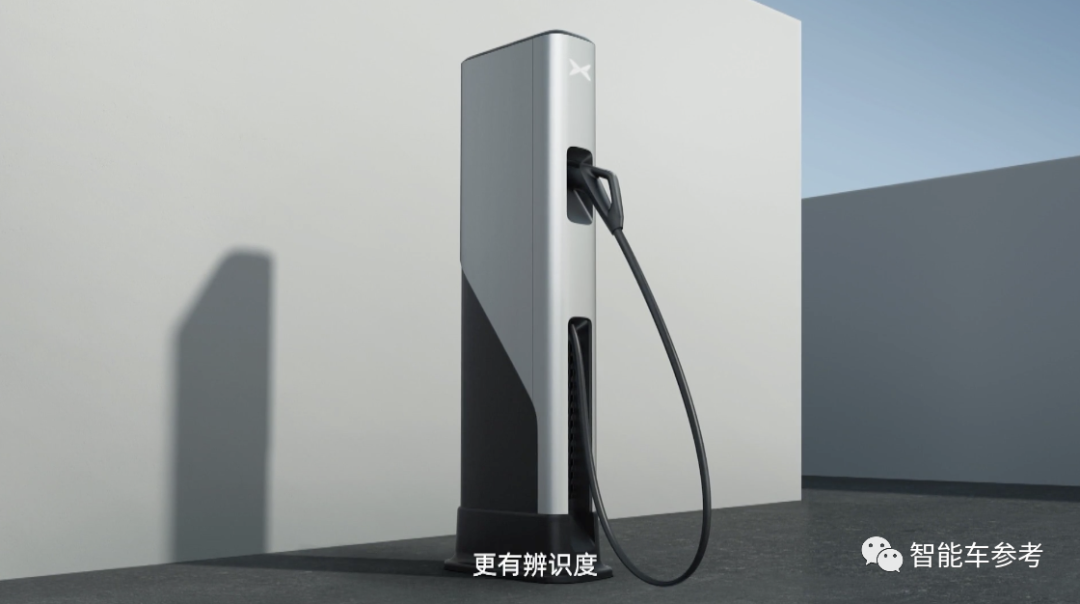
XPeng’s self-operated charging stations currently exceed 1,000, and its first S4 superfast charging station landed in August this year. XPeng stated that by the end of this year, there will be over 50 S4 superfast charging stations operating in core cities nationwide, and at least 500 S4 superfast charging stations will be covered nationwide next year.
They plan to build over 2,000 XPeng superfast charging stations across the country by 2025.

Intelligent Driving: Memory Parking + High Speed + Full-Coverage of Urban Scenes
XPeng has launched the XNGP, a full-scenario intelligent assisted driving system that covers memory parking, high-speed NGP, and urban NGP scenarios.
In areas with high-precision maps, the situations where XNGP needs manual takeover will be greatly reduced; even without high-precision maps, it can easily cope with road conditions.

XPeng stated that the goal is to cover most cities in China with XNGP by 2023, which can be achieved with or without high-precision maps. It includes functions such as active follow-up, lane change, and turning in both directions. In 2024, it aims to achieve full-scenario point-to-point connectivity.
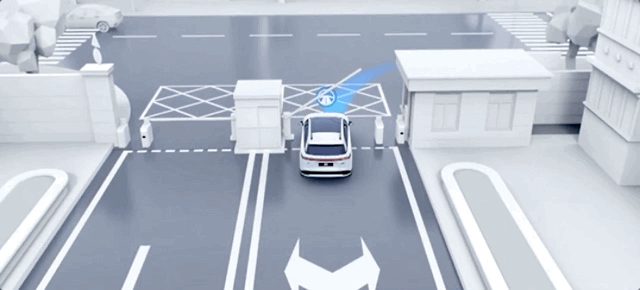
This also means that XPeng has started its second autonomous driving solution — the heavy sensor route that does not rely on high-precision maps.

To achieve this ability, the hardware configuration is as follows:
-
Two NVIDIA DRIVE Orin chips, with a total computing power of 508TOPS;
-
Composed of 31 sensors, including 2 LiDARs, 5 millimeter-wave radars, 12 cameras, and 12 ultrasonic sensors.“`
XPeng believes that compared with a single LiDAR, dual LiDAR can cover a horizontal angle of 180° in front of the car, with a wider coverage range and a smaller blind spot angle. In terms of the blind spot angle in the vertical view, it is 25% of the blind spot angle of the roof solution.
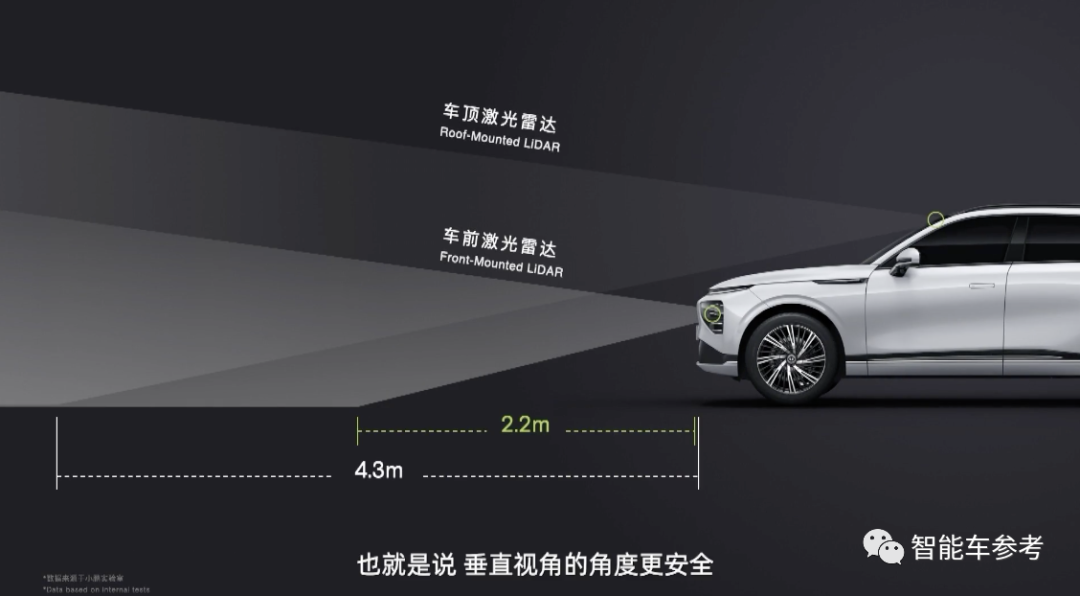
In addition, XPeng G9’s LiDAR uses thickened protective glass with a thickness of 5mm and a concave design, which has better anti-impact ability and lower probability of damage after minor collisions.
This is also in response to collision concerns caused by the LiDAR position. XPeng revealed that as of now, the repair rate of LiDAR caused by collision for XPeng P5 models is 0.9%.
In addition to the XNGP carried on the X version models, the XPILOT system on the G9 E version models has also been upgraded.
With the support of larger chip computing power, they have rewritten the original algorithm architecture, and the performance of ACC adaptive cruise control, LCC lane centering, VPA parking lot memory parking enhanced version, high-speed NGP, and other aspects has been improved.
Specifically, the response speed of following acceleration and deceleration and responding to cutting-in will be faster, the ability of changing lanes and overtaking and passing ramps will be stronger, and safety will also be improved.
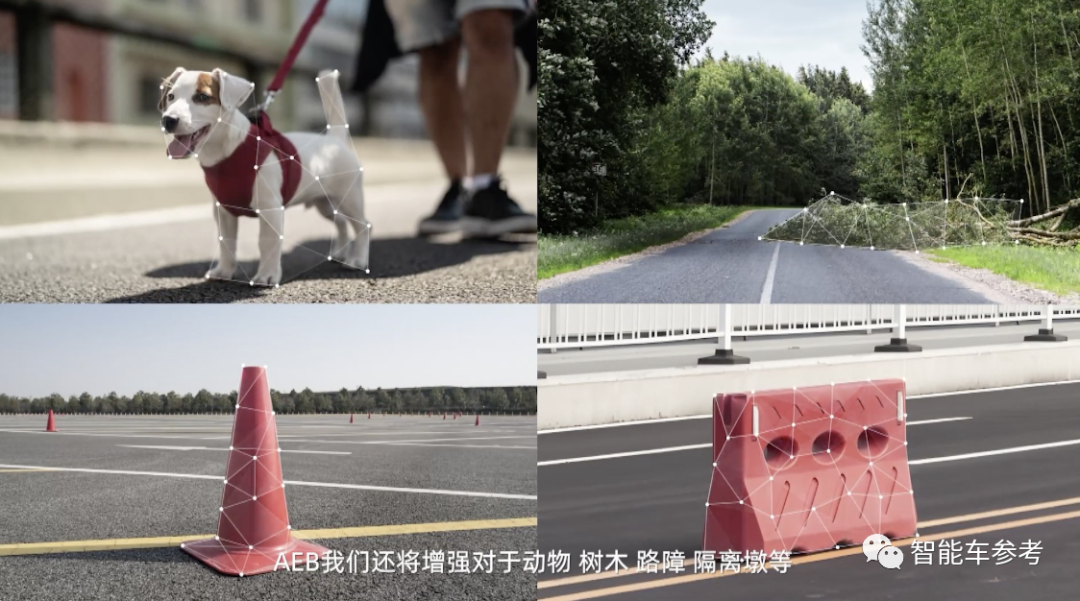
In terms of the AEB active safety function, they have enhanced the recognition capability of irregular obstacles or static objects, such as animals, trees, roadblocks, and isolation piers.
Intelligent cockpit: Dual 14.96-inch combined screen + Qualcomm 8155 chip
The car is equipped with dual 14.96-inch high-definition smart combined screens, with the Qualcomm Snapdragon 8155 chip.

XPeng’s self-developed Xmart OS has also iterated to a new stage, especially in terms of man-machine interaction.
The response speed of voice interaction has reached the millisecond level, and it can quickly execute 40 consecutive instructions in one minute. Moreover, the vehicle can also be voice-controlled in areas without or with weak network, such as underground garages, highways, and wilderness.
The setting of four audio zones means that the voice assistant Little P can respond to the needs of passengers in different positions in the car through the main driver’s speaker, the co-driver’s Bluetooth headset, and the in-car audio system.
G9 also carries a set of human-machine interaction system based on the Unity 3D engine technology.
“`The perception system inside or outside the vehicle projects the real world into the car display, presenting real-time information about the driving process and experience, effectively reproducing scenes and information for the vehicle.

The system, which features real-time rendering of 3D maps, further reproduces the real world, reducing the feasibility of errors in two-dimensional information, and making navigation more precise. The range of the intelligent assisted driving SR display will be wider, and the details will be more complete.

In terms of the vehicle’s audio system, there are a total of 28 acoustic units, with a total power of 2250W, including 18 Danaher Confidence speaker systems which provide a 7.1.4-channel surround sound experience.

They brought in sound engineer Jin Shaogang as the expert evaluator for the audio system and invited renowned composer Joe Hisaishi to become the chief sound effect designer for the G9, creating the “Desolate Paradise” sound theme.
More focus on comfort
First is the dual-chamber air suspension.
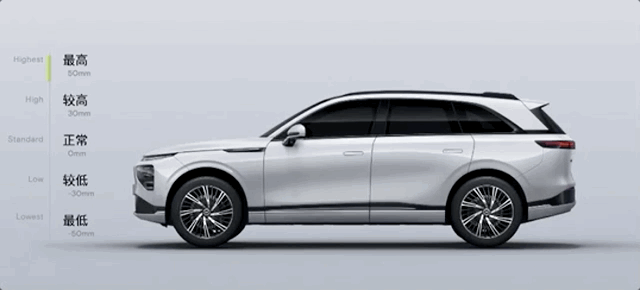
This mainly prevents the car from rolling over when making quick turns, thereby enhancing the driving feel. The entire G9 air suspension has a maximum range of 100mm and is equipped with five adjustable modes. It also has functions such as intelligent welcome, specific location memory, and voice control.
To facilitate loading and unloading, the rear suspension can be lowered with just one button.
To demonstrate the performance of this air suspension system, a comparison was made with the Porsche Cayenne:
 >Small Goal 9 suspensions are soft in the face of speed humps and unpaved bumpy roads, which can absorb the impact of speed humps to a large extent, as well as small vibrations like those on gravel roads, while Porsche Cayenne focuses too much on the transmission of road information.
>Small Goal 9 suspensions are soft in the face of speed humps and unpaved bumpy roads, which can absorb the impact of speed humps to a large extent, as well as small vibrations like those on gravel roads, while Porsche Cayenne focuses too much on the transmission of road information.
>
Secondly, in terms of interior cabin, the most important thing is to optimize the shortcoming of the P7’s rear seats being too short. The rear seats of G9 are 500mm long, with the thickest part reaching 270mm, supporting electric adjustment from 27 to 37 degrees, which means it can recline backwards to 10 degrees.
It also comes with an electric leg rest, which can extend an additional 50mm, effectively reaching a legroom of 1016mm.
The front and rear each have an independent set of 60W power Type-C and USB interfaces.
It also features a panoramic sunroof with a double-layer insulation and a five-layer composite structure, which can achieve heat insulation, sound insulation, explosion-proof, and a UV isolation rate of more than 99.9%.
The trunk capacity is up to 660 liters, and the tailbox capacity can be expanded to 1576 liters when the rear seats are folded down.
It can be opened with one click to form a bed, and the bed is over 2 meters long.
Finally, in terms of noise reduction, Small Goal 9 uses NVH simulation technology to optimize the body structure.
It uses low noise tires, compressors with good sound insulation effects, and optimizes the motor system for NVH.
To demonstrate the quietness of the G9, they benchmarked it against the Maybach GLS:
On the national highway, when a truck occasionally passes by, the noise level is around 60-62 decibels when the window is open. If a large truck passes by, it may even reach 70 decibels or more.
After closing the window, the interior noise level of the Maybach drops to 44 decibels, and the Small Goal 9 also drops to about 44 decibels.### Price and Corresponding Configurations?
The new car price range is from CNY 309,900 to 469,900 yuan, and the earliest delivery will start at the end of October this year – however, there are model distinctions.

According to the range and configurations, there are 6 different models available:
-
570G, 570E;
-
650E Performance Edition, 650X Performance Edition, 650X On Sale Anniversary Edition;
-
702E.
Three optional packages are available:
CNY 22,000 for 5D Music Cabin, CNY 28,000 for XNGP Advanced Driving Assistance, and CNY 10,000 for 4C Super Fast Charging Battery Pack.
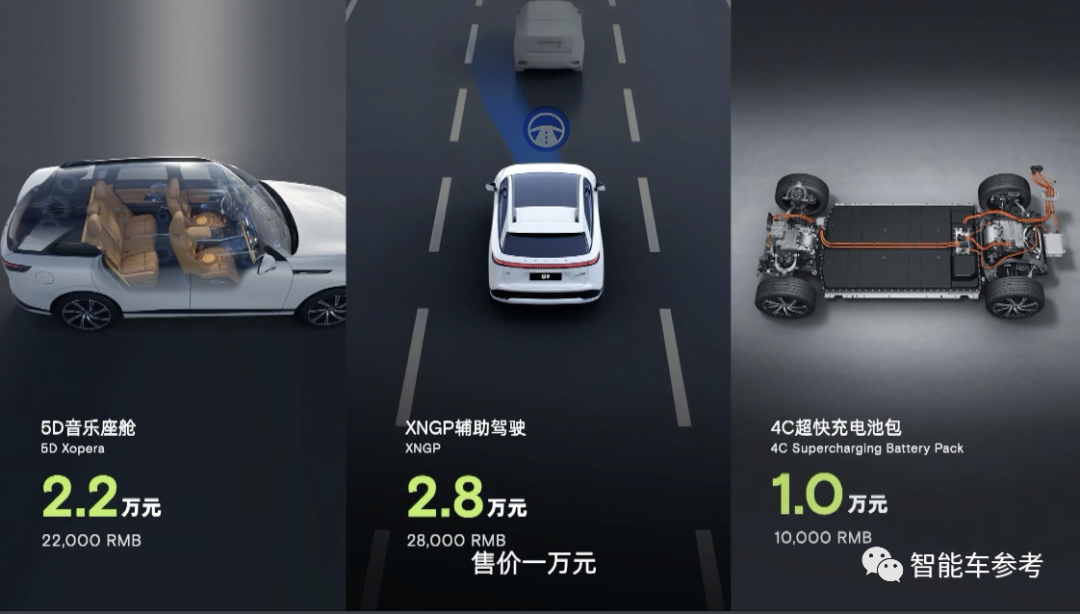
First, let’s take a look at the 5D Music Cabin, which offers XOPERA XPeng Music Hall, OEKO-TEX Health Certification Nappa Leather Seats, Multi-directional Electric Adjustment of Main/Co-pilot Seat, Massage and Rhythm Function of Main/Co-pilot Seat, Intelligent Fragrance System (Master Customized Fragrance), Beauty Space (with Co-pilot Intelligent Makeup Mirror), and Heated Steering Wheel Function.
This function cannot be optional for the 570G version, and the 650X Performance Edition and X On Sale Anniversary Edition come with standard equipment. The other models are optional.
Secondly, the XNGP Advanced Driving Assistance, which we have introduced in detail in the previous section.
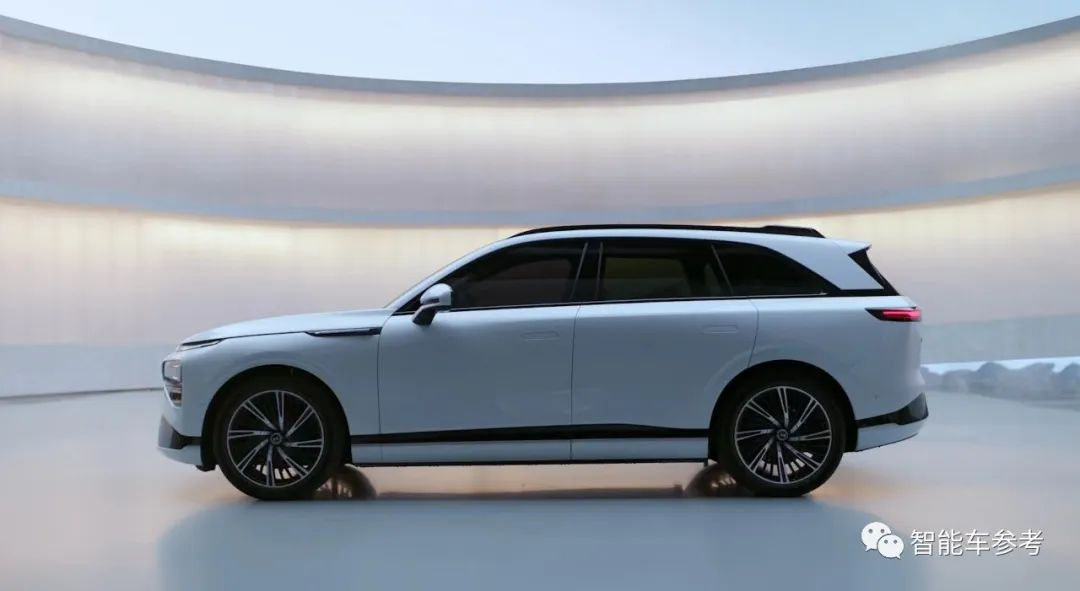
This function cannot be optional for the 570G version, and it is not equipped with NVIDIA DRIVE Orin chip; the 570E comes with a single NVIDIA DRIVE Orin chip as standard and does not support optional equipment;
The 650X Performance Edition and the 650X On Sale Anniversary Edition come standard with two NVIDIA DRIVE Orin chips, which can achieve XNGP, i.e., intelligent advanced driving assistance for all scenarios;
The remaining 650E Performance Edition and 702E models come standard with a single NVIDIA DRIVE Orin chip, for which you can spend an extra CNY 28,000 to equip with XNGP Advanced Driving Assistance.The 4C ultra-fast charging battery pack that costs 10,000 yuan and enables charging in 5 minutes and a range of over 200km is only available for the 650X performance version (with optional starting price of 459,900 yuan), none of the other 5 models support it.
It is worth noting that the 570G version, apart from being non-optional, does not have mm-wave radar or cameras in its sensor configuration, only 8 ultrasonic radars.
Consequently, the 570G version does not have a series of active safety features, namely AEB.
Moreover, the 570G version does not include ACC adaptive cruise control and only offers speed cruise and forward/backward radar warning, and rearview camera.
If you like electric towing hooks, only the 650X commemorative edition has it in its standard configuration.
Dual-zone air suspension is standard on all three models with a range of 650km, the 570km and 702km models do not offer it.
To sum up, the cheapest 570G version does not support any optional packages. If you want to experience the latest intelligent driving assistance and 4C ultra-fast charging from XPeng, you need to spend 459,900 yuan on the 650X performance version.
Therefore, although XPeng G9 is released as a fully intelligent electric car with a starting price of 300,000 yuan, if you really spend 300,000 yuan to buy the so-called entry-level version, you won’t even get AEB or ACC.
To fully experience the ultra-fast charging and fully intelligent functions, you need to pay 460,000 yuan, and the delivery date is not until December this year.
It’s all about clear cutting, just a matter of how many people are willing to pay for the full intelligent and fast charging features.
What do you think? Are you going for it?
— End —
This article is a translation by ChatGPT of a Chinese report from 42HOW. If you have any questions about it, please email bd@42how.com.
